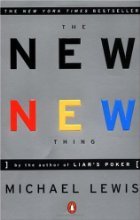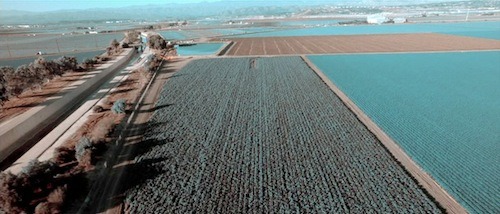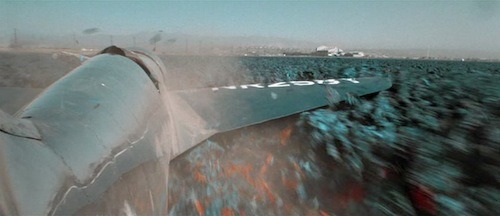 As you can see, I’ve been on a bit of a Michael Lewis kick. Ironically, I’ve had this book the longest having picked it up at a discount bookstore in an outlet mall years ago. I was so proud of the deal I got ($4.50 for a $13.00 trade paperback) that I left the price sticker on the cover (typically a sin for the bibliophile). Groping around for something to distract myself from the misery of a cold which ruined our vacation plans a couple days ago, I finally took it off the shelf.
As you can see, I’ve been on a bit of a Michael Lewis kick. Ironically, I’ve had this book the longest having picked it up at a discount bookstore in an outlet mall years ago. I was so proud of the deal I got ($4.50 for a $13.00 trade paperback) that I left the price sticker on the cover (typically a sin for the bibliophile). Groping around for something to distract myself from the misery of a cold which ruined our vacation plans a couple days ago, I finally took it off the shelf.
The New New Thing follows Silicon Valley entrepreneur Jim Clark from Silicon Graphics to Netscape to Healtheon and beyond. It also spends an inordinate amount of time aboard his luxury sailing yacht Hyperion. In fact, it’s the highly detailed focus on the yacht I found to be somewhat tedious (although I must admit that it inspired my inner geek to explore home automation systems I can integrate with my Mac and iPhone). Being intimately familiar with the the browser wars and web technology, I also found some of those elements to be a bit personally redundant but certainly important to the lay reader.
There is no question Jim Clark is a visionary and great leader/attracter of engineering talent. He amassed a fortune by hitting not one, but three home runs (think billions not millions) in Silicon Valley. His restless nature, exploration and continuous learning are to be admired.
The author was clearly given amazing access to the Clark and the key players around him, which made me wonder why they permitted it. Lewis has a way of presenting the “characters” in his books in different lights; there are heros and villains, and certainly a point of view. It’s seems like a big chance for a businessman to take, but then again, being the central character in one of his books does seem to lead to a certain notoriety.
Lewis’ explanation (point of view) of the dot com phenomenon is concise and telling. You have a great idea, typically a recombination of existing talent and/or technology, but no real product. After attracting the credibility of venture capital investments, you build enough hype for an IPO, and bam, you now have valuable stock you can use to purchase the competitors and small companies with real products. You win.
It’s Lewis’ Hollywood analogy of Clark as the “Jack Nicholson” attached to the “script” of business idea (the “new new thing”) that explains the power dynamic Clark was able to harness in the Valley to build hype. Engineers and investors clambered to get involved in “Jim’s next thing”. Not a bad money machine.
Now off to write some automation code…
Lewis, Michael. The New New Thing.



 As you can see, I’ve been on a bit of a Michael Lewis kick. Ironically, I’ve had this book the longest having picked it up at a discount bookstore in an outlet mall years ago. I was so proud of the deal I got ($4.50 for a $13.00 trade paperback) that I left the price sticker on the cover (typically a sin for the bibliophile). Groping around for something to distract myself from the misery of a cold which ruined our vacation plans a couple days ago, I finally took it off the shelf.
As you can see, I’ve been on a bit of a Michael Lewis kick. Ironically, I’ve had this book the longest having picked it up at a discount bookstore in an outlet mall years ago. I was so proud of the deal I got ($4.50 for a $13.00 trade paperback) that I left the price sticker on the cover (typically a sin for the bibliophile). Groping around for something to distract myself from the misery of a cold which ruined our vacation plans a couple days ago, I finally took it off the shelf.